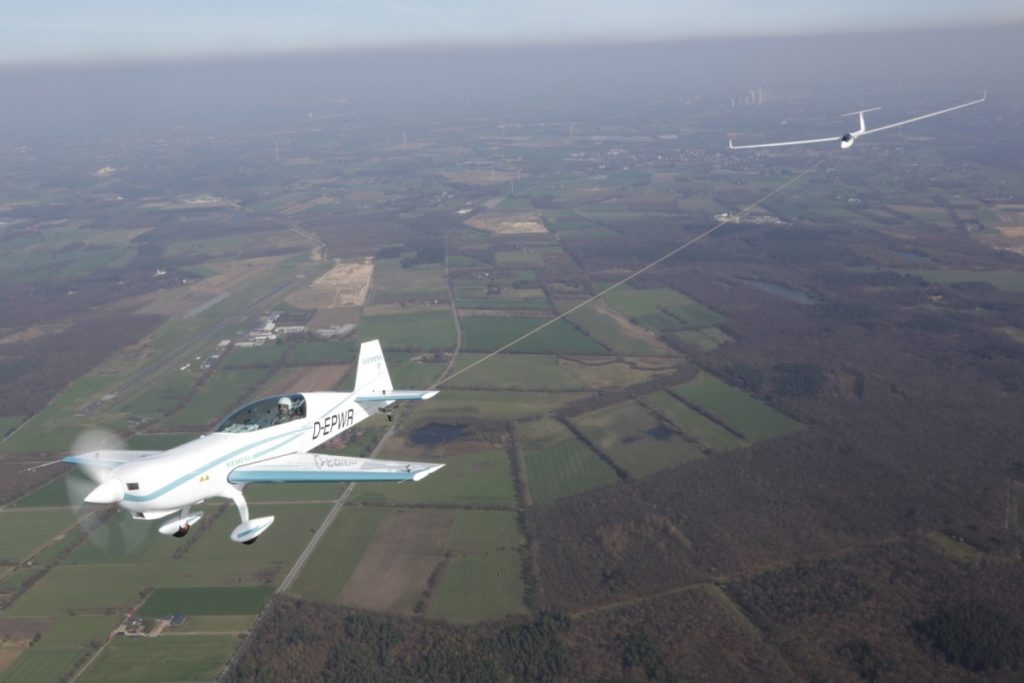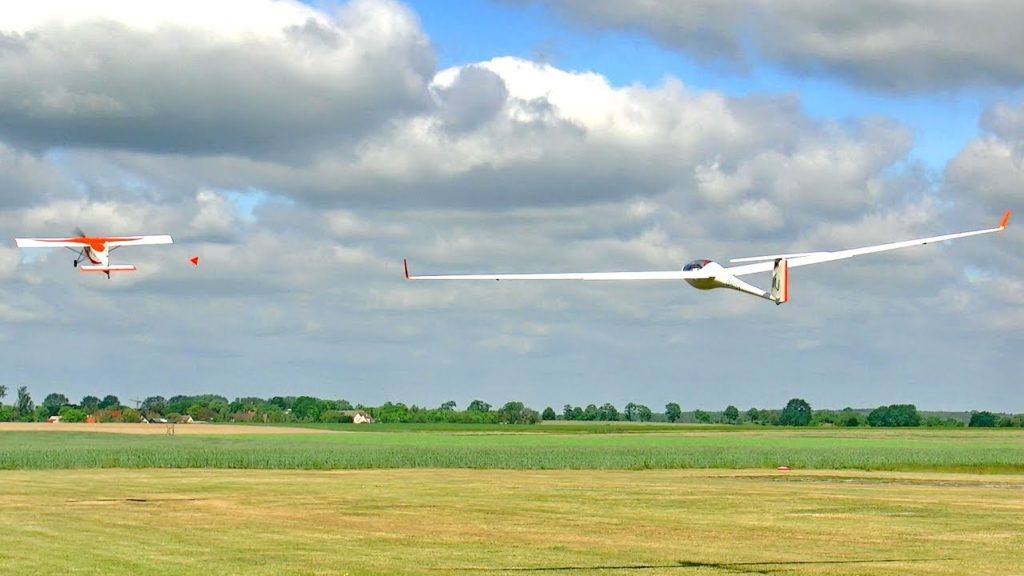A glider is a type of aircraft that can fly without the need of an engine or a propulsion system.
It flies thanks to lifting winds. During takeoff, a motorized plane has to tow the glider until it reaches lifting winds. The latter result from the existence of a thermal, that is, a column of hot air generated by the surface of the Earth heated by the sun. A thermal helps the glider maintain and gain altitude. In fact, with thermals, the air becomes less dense than the surrounding air, helping the glider gain altitude.

The pilot’s goal is to stay as long as possible in altitude by finding lifting winds. The latter can generally be found around cumulus clouds.
I used to fly gliders and my instructor told me that, generally, if we see birds, it means that there are thermals. In France, people fly gliders between April and October, as it is the season of lifting winds. It is also important to mention that glider flying became a sport not long time ago. World gliding championships take place in France.
A glider can stay in the air a long period of time because it has a significant glide ratio, also known as “finesse” in French. It corresponds to the distance that an aircraft can fly in respect to the loss of altitude. The gliding ratio of a glider can be between 40:1 to 70:1. For example, “40:1” means that if the glider flies at an altitude of 1 km, it can fly for 40 km. As my instructor told me, the best pilots are glider pilots. For instance, Captain Chesley Sullenberger, the heroic captain who landed his Airbus A320 in the Hudson River, was a glider pilot who used his gliding knowledge to land the
plane safely on the Hudson River.
